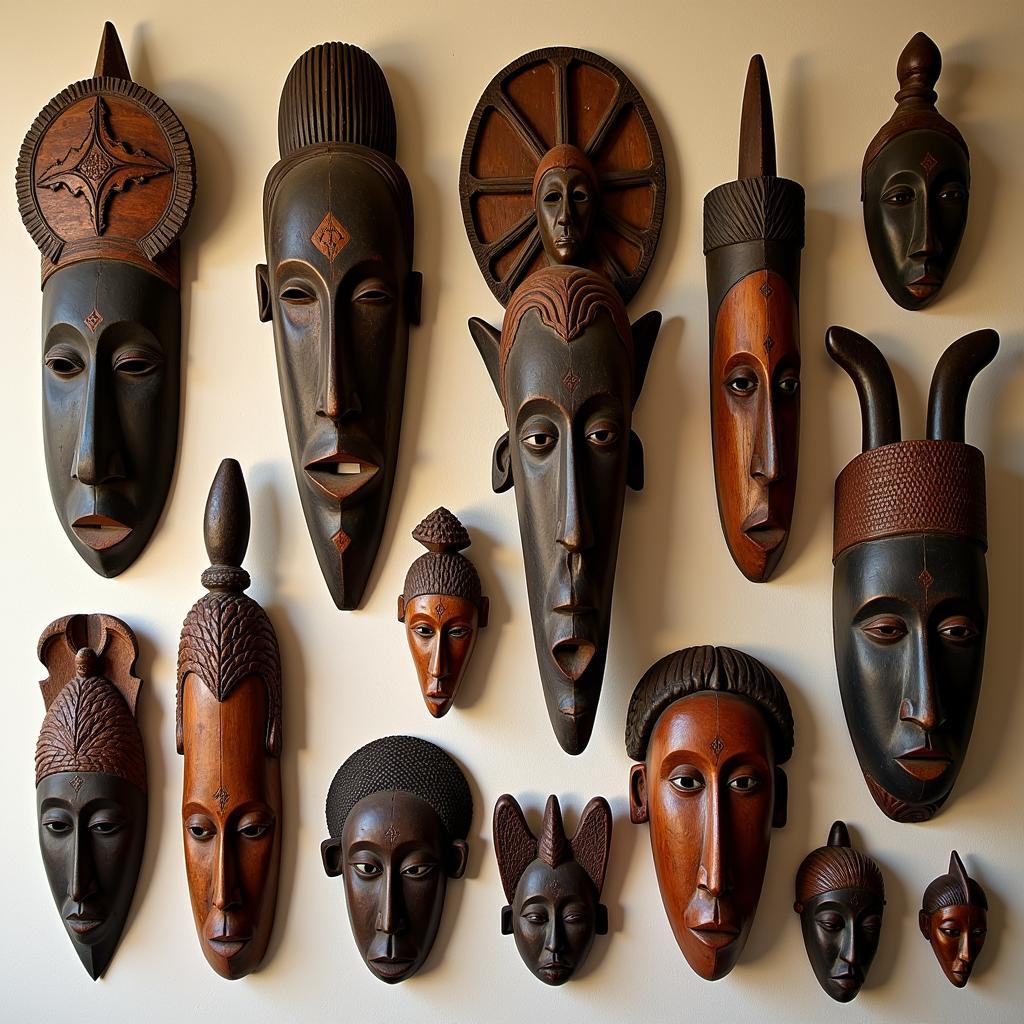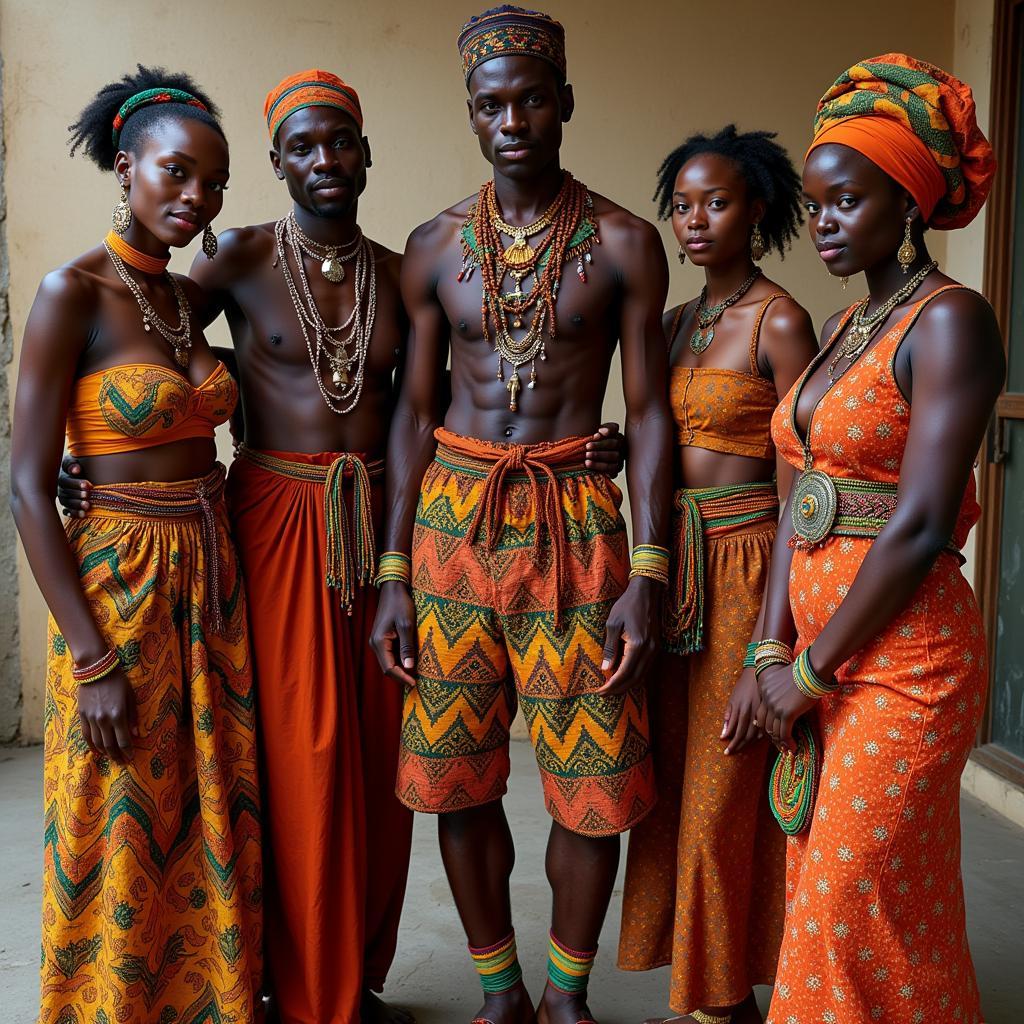Exploring the African Carrier: Tradition, Culture, and Modern Adaptations
The term “African Carrier” evokes a rich tapestry of cultural heritage, practical ingenuity, and evolving traditions. From ancient practices to modern interpretations, the concept of carrying in Africa extends beyond mere transportation. It reflects deep-seated values, social structures, and a profound connection to the land. This article delves into the diverse world of African carrying, examining its historical significance, cultural variations, and contemporary relevance.
The Historical Significance of the African Carrier
Carrying goods and children has been an integral part of African Life for centuries. Historically, the absence of widespread infrastructure and motorized transport meant that human strength and ingenuity were essential for movement. African communities developed diverse carrying methods, each adapted to their specific environment and needs. These methods often involved intricate weaving techniques, natural materials, and a deep understanding of ergonomics. For instance, the African baby carrier sling is a testament to the ingenuity of African mothers in combining practicality and comfort.
The significance of the carrier extended beyond the purely practical. It symbolized community interdependence, shared responsibility, and the strength of familial bonds. Carrying was often a communal activity, with burdens distributed among family members or across a village. This shared effort reinforced social cohesion and mutual support.
Cultural Variations in African Carrying Methods
The vastness and diversity of the African continent are reflected in the multitude of carrying practices. From the woven African baby carrier to the elaborate head-carrying techniques, each region and community boasts its own unique traditions. In some cultures, the type of carrier used signifies social status or age group. The intricate designs and embellishments often reflect cultural narratives, spiritual beliefs, and artistic expression. The african baby carrier name itself often carries cultural significance, reflecting local traditions and beliefs.
Across North Africa, large woven baskets are commonly used for carrying goods, often balanced on the head with remarkable skill. In East Africa, the kanga, a vibrant piece of cloth, is used for carrying everything from babies to market purchases. Southern Africa sees the use of animal hides and woven grass carriers, each adapted to the specific needs of the community.
What are the Modern Adaptations of Traditional African Carriers?
While modern transportation has become more accessible, traditional carrying practices still hold strong cultural significance in many African communities. However, we also see exciting adaptations of these traditional methods. Contemporary designers are drawing inspiration from ancient techniques and incorporating them into modern baby carriers and bags. These adaptations often combine traditional materials with modern design elements, creating functional and stylish products that celebrate African heritage.
This fusion of tradition and modernity not only preserves cultural heritage but also empowers local artisans and supports sustainable practices. By incorporating ancient wisdom with contemporary aesthetics, these modern adaptations offer a tangible connection to the rich history of African carrying.
Awa Kakeya, a renowned Tanzanian anthropologist, notes, “The African carrier is more than just a tool; it’s a symbol of resilience, ingenuity, and cultural identity. Its evolution reflects the dynamic interplay between tradition and innovation in African societies.”
How do African Airlines Contribute to the Concept of “Carrier”?
While “African carrier” often refers to traditional methods of carrying, it’s important to consider the role of modern transportation in connecting the continent. African airlines play a crucial role in facilitating travel and trade within Africa and beyond. Understanding the African airlines fleet provides insights into the continent’s growing aviation industry and its contribution to global connectivity. These airlines act as modern-day carriers, transporting people, goods, and ideas across vast distances, bridging geographical gaps and fostering economic growth.
African Black Seed Oil: A Carrier of Health Benefits
While not directly related to physical carrying, the African black seed oil can be considered a “carrier” of health benefits. Known for its medicinal properties, this oil has been used for centuries in traditional African medicine. It’s rich in antioxidants and essential fatty acids, making it a valuable natural remedy for various ailments. In this sense, the oil acts as a “carrier” of wellness, delivering beneficial compounds to the body.
In conclusion, the “African carrier” encompasses a diverse range of meanings, from traditional methods of transport to modern aviation and even the health benefits of natural products. It represents a powerful symbol of African culture, ingenuity, and adaptability.
FAQ
- What are the most common types of African carriers?
- What materials are traditionally used in making African carriers?
- How do African carrying practices differ across regions?
- Are traditional African carrying methods still used today?
- Where can I find modern adaptations of African carriers?
- What is the cultural significance of the African carrier?
- How does the African carrier reflect the values of African communities?
You might also be interested in reading more about African textiles and traditional crafts.
For any inquiries or support regarding African culture and products, please contact us at +255768904061, email [email protected], or visit us at Mbarali DC Mawindi, Kangaga, Tanzania. Our customer service team is available 24/7.


